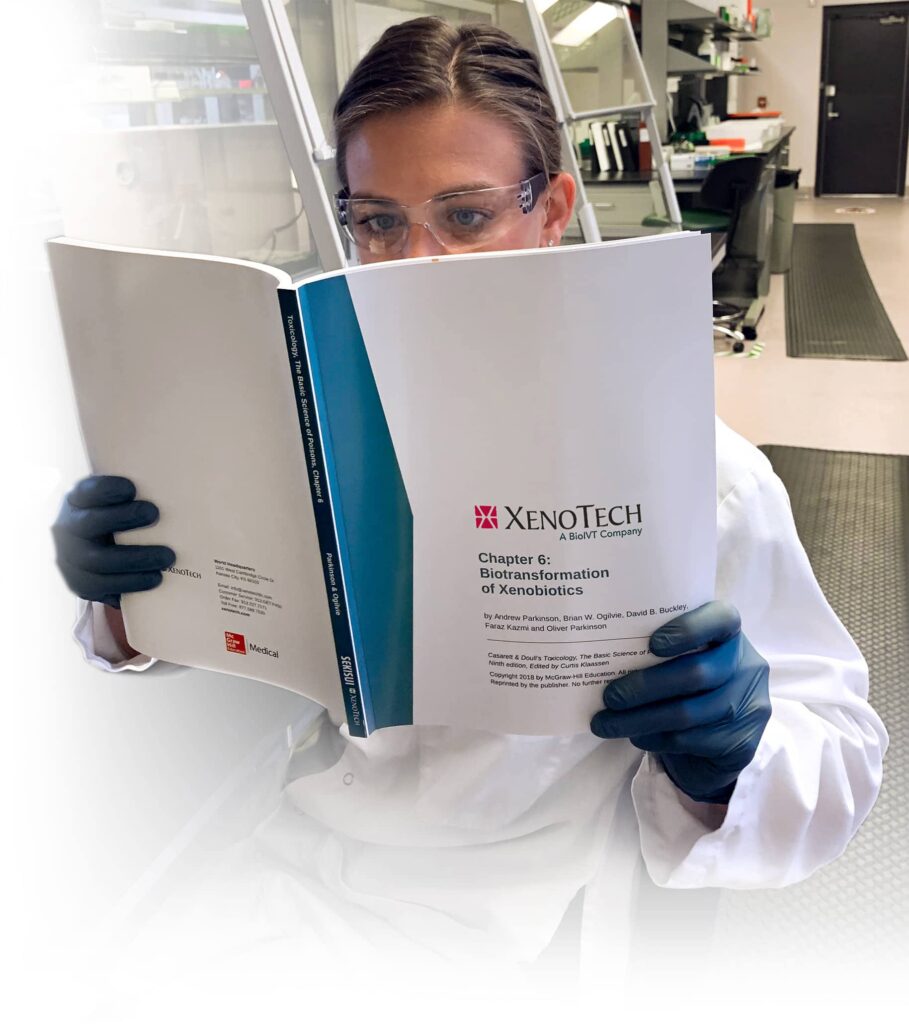
In Vitro Studies with Two Human Organic Anion Transporters: OAT2 & OAT7
Mathialagan S, Costales C, Tylaska L, Kimoto E, Vildhede A, Johnson J, Johnson N, Sarashina T, Hashizume K, Isringhausen CD, Vermeer LMM, Wolff AR, Rodrigues AD
Penciclovir, ganciclovir, creatinine, para-aminohippuric acid (PAH), ketoprofen, estrone 3-O-sulfate (E3S), dehydroepiandrosterone 3-O-sulfate (DHEAS), and cyclic guanosine monophosphate (cGMP) were screened as substrates of human liver organic anion transporters OAT2 and OAT7. For OAT7, high uptake ratios (versus mock transfected HEK293 cells) of 29.6 and 15.3 were obtained with E3S and DHEAS. Less robust uptake ratios (≤ 3.6) were evident with the other substrates. OAT2 (transcript variant 1, OAT2-tv1) presented high uptake ratios of 30, 13, ∼35, ∼25, 8.5, and 9 with cGMP, PAH, penciclovir, ganciclovir, creatinine, and E3S, respectively. No uptake was observed with DHEAS. Although not a substrate of either transporter, ketoprofen did inhibit transfected OAT2-tv1 (IC50 of 17, 22, 23, 24, 35, and 586 μM; creatinine, ganciclovir, penciclovir, cGMP, E3S, and prostaglandin F2α, respectively) and penciclovir uptake (IC50 = 27 µM; >90% inhibition) by plated human hepatocytes (PHH). It is concluded that penciclovir and ketoprofen may serve as useful tools for the assessment of OAT2 activity in PHH. However, measurement of OAT7 activity therein will prove more challenging, as high uptake rates are evident with E3S and DHEAS only and both sulfoconjugates are known to be substrates of organic anion transporting polypeptides.